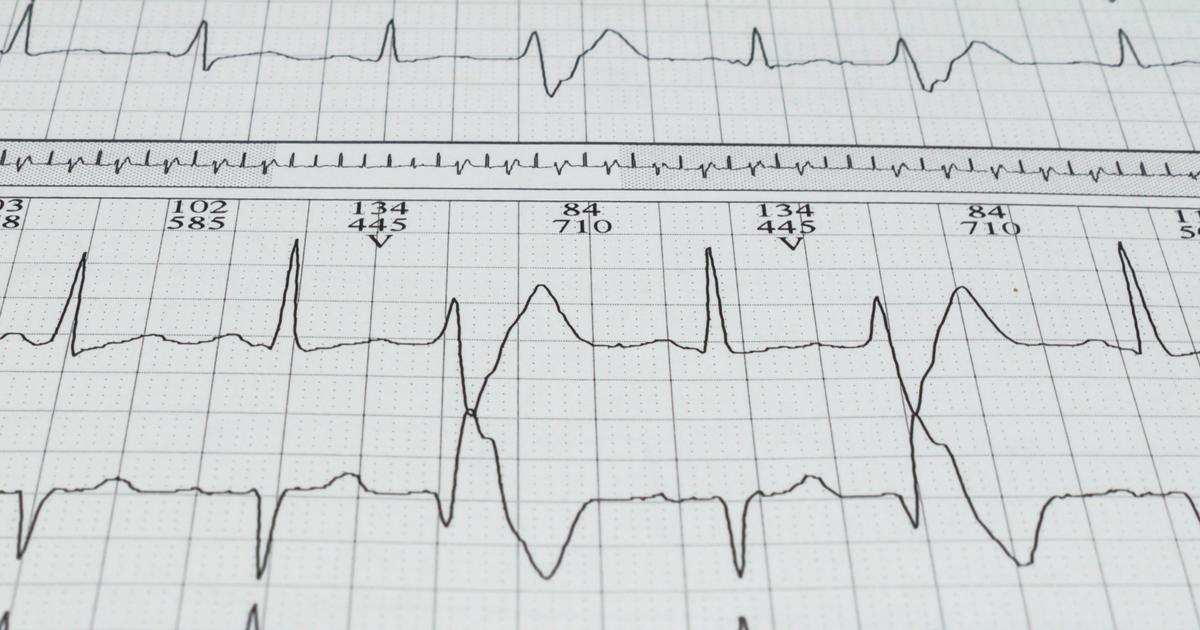Guide To The Major Types Of Heart Disease
Heart disease describes any disorder that directly impacts the structure or function of the heart. It results from damage to part or all of the heart, poor supply of nutrients and oxygen to the heart, and damage to the coronary arteries. Some individuals have congenital heart disease, and some cases are the result of a genetic variation. A host of lifestyle choices can increase the risk of heart disease. Heart disease is diagnosed using a variety of tests, including electrocardiogram, echocardiogram, chest x-ray, cardiac catheterization, stress test, and CT heart scan.
There are quite a few options for heart disease treatment. Patients may take medication for heart disease, such as beta-blockers or calcium channel blockers. Lifestyle changes, such as following a low-sodium diet for heart disease or exercising regularly, are also helpful. Surgery for heart disease is also possible. Ultimately, the best treatment for heart disease depends on the type a patient has. Learn about the various types of heart disease now.
Heart Rhythm Disorders

Arrhythmias, also called heart rhythm disorders, are a form of heart disease where an individual's heart cannot maintain a healthy and regular rhythm or beating pattern. Heart rhythm disorders result from a malfunction that occurs with the electrical activity and path in the heart responsible for coordinating the heartbeat. A patient's heart may beat too slow, too fast, or in an abnormal rhythm. The electrical mechanisms in the heart can malfunction from an underlying cause such as scarred heart tissue, coronary artery disease, hyperthyroidism, and hypothyroidism. Other examples of underlying causes include excessive alcohol consumption, stress, certain medications, sleep apnea, heart attack, cardiomyopathy, high blood pressure, smoking, and diabetes.
Symptoms of heart rhythm disorders include a racing heartbeat, a slow heartbeat, shortness of breath, sweating, chest pain, dizziness, fainting, and lightheadedness. Common heart rhythm disorders include bradycardia, atrial fibrillation, tachycardia, atrial flutter, supraventricular tachycardia, and ventricular fibrillation. Other examples are Wolff-Parkinson-White syndrome, long QT syndrome, sick sinus syndrome, conduction block, and premature heartbeats.
Read more about the major types of heart disease now.
